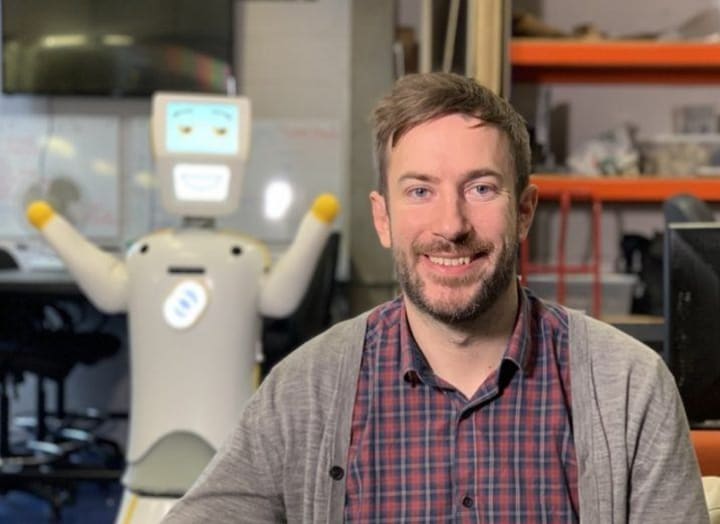Gabriel Aguiar Noury
on 20 May 2022
Robotics ventures are different. They face different technical challenges in design, testing and deployment. This has an implication for everything, including funding. It’s not the same to raise funding for the next mobile app or IoT device, as for the next assistive robot. Investors and developers alike know about the risks:
- Hardware and software simply increase development time, investment and risk.
- Minimal viable products come after three to four costly prototypes
- Access to fast prototyping equipment and off the shelf devices
All of this increases the investment needed to develop robotics devices, compared to other industries. How do you make a compelling case for investors?
In Chapter 2 of our Robot Maker webinar series, we will explore how to address this challenge with the guidance of Akara CEO Dr. Conor McGinn.
Funding for robotics companies
In Chapter 1, we discussed when it’s a good time to spin out, why you should do it and what your challenges will be in the process.
Chapter 2 is all about raising funding:
- Explore the fundraising journey for a robotics startup
- Get advice on the dos and don’ts when looking for investment opportunities
- Understand some of the implications that funding brings
- Discover two pioneer robots for the healthcare sector; Stevie and Violet

Meet the maker: Dr. Conor McGinn (Akara Robotics CEO)
Our guest in this second webinar is Dr. Conor McGinn, CEO of Akara Robotics. Conor is a pioneer in assistive robotics. He was featured in the MIT Technology Review Innovators Under 35. He spun out Akara while working at Trinity College. The Irish company captured the public’s attention with their humanoid robot Stevie, which is designed to support elderly care and was featured on TIME magazine. Recently, their UV robot Violet was awarded more than €2.4M in funding through the highly competitive EIC program. The company has won several awards due to their work, including the 2022 CIO & IT leaders awards for Pilot Project of the Year.
Conor is a skilled robotics engineer, human-robot interaction designer and entrepreneur. He is also an educator. During the webinar, he will share how he took his company from a project that started in academia to one of the most promising healthcare robotics ventures in Europe.

Interested in robotics spinout? Watch Chapter 1
During Chapter 1 of the series, we had the pleasure to interview Joshua Jordan, Roboat Software Lead, and Ynse Deinema, Roboat Project Coordinator. Roboat is a battery-powered and fully autonomous boat that has been navigating through Amsterdam’s canals.
Roboat is a research project by (MIT) and Amsterdam Institute for Advanced Metropolitan Solutions (AMS Institute) Roboat is now looking to spin out after successfully developing two full scale boat prototypes.
Watch the full episode to hear about the process of spinning out a robotics project. We addressed questions surrounding KPIs, processes and challenges. We explored the difference between an academic project and startup life. And, of course, we talked about robotics.



